-
Numero contenuti pubblicati
6620 -
Iscritto il
-
Giorni Massima Popolarità
9
Tipo di contenuto
Forum
Galleria
Calendario
Download
Articoli del sito
Store
Blog
Tutti i contenuti di Maxwell61
-
In questo caso, Halleluja 😍 Approfitto per ricordare che la presa anteriore ha gli Active Grill Shutter, cosa che molti si risparmiano per la complicazione e il costo. E per esperienza la cosa ha un forte impatto d'inverno e sempre per arrivare presto in temperatura.
- 967 risposte
-
- 1
-

-
- toyota prius
- phev
-
(e 5 altri in più)
Taggato come:
-
DIciamo che ci stupiamo perchè siamo abituati alle auto con motore termico. Ma il confronto non è del tutto legittimo. C'entra anche il fatto che i motori elettrici sono piuttosto indipendenti dal punto di funzionamento, cosa che i termici, con una vasta gamma di punti di funzionamento come nelle auto, non sono. Potenze molto diverse potrebbero essere considerate come punti di funzionamento diversi. A qualcuno di più esperto di me spiegarlo in termini meno generici. Quindi aggiungo questa considerazione, confrontando un caso interessante perchè di un sistema che minimizza i problemi dei punti di funzionamento. I 4 cicli (variabilissimi, quindi significativi) WLTP in termico e in elettrico per Prius Plug-in 2023. SI noti che i sistemi ibridi, nel ciclo basso, migliorano la loro performance perchè non usano esclusivamente il termico. EPPURE nei cicli molto distanti dal loro funzionamento ottimale, un termico ottimizzato e aiutato dall'elettrico, ottiene i suoi peggiori risultati. Avessimo confrontato un termico puro a un elettrico, il risultato avrebbe mostrato l'ASSURDITA' di far funzionare un motore a ciclo Otto molto lontano dal suo punto di funzionamento ottimale. Ovvero 150 anni di auto a motore termico. I cicli 1,2,3,4 sono i Low, Medium, High, Extra-high Sicuramente la capacità di essere indipendente dal punto di funzionamento di un motore elettrico è un elemento importante dell'equazione. E come si vede dal grafico, nemmeno un ibrido aiutato dall'elettrico dovrebbe essere usato per un ciclo di uso se non a partire dal medium. Ovvero usare un PHEV per cicli inferiori al medio.
-
Auto aerodinamica, CX 0,225, parte superiore bombata a profilo alare con cofano basso e abitacolo alto: Auto con cattivo CX = 0,27, linea continua dritta e fortemente inclinata, (e anche schiacciata in alto) l'opposto del profilo alare aerodinamico: Cofano alto quanto l'abitacolo: Come le mie sedie di McKintosh Hill House, bellissime e scomodissime 😁
- 967 risposte
-
- toyota prius
- phev
-
(e 5 altri in più)
Taggato come:
-
A prescindere dal fatto che il giornalista sta facendo un po' di scena, è oggettivamente vero che l'altezza ai posti posteriori è limitata. Tuttavia la posizione si trova perché il grande spazio tra i sedili (il passo è stato allungato) permette di scivolare in basso. Ma l'osservazione mi permette di ricordare che Toyota con la Prius 2023 ha fatto una berlinetta sportiva e non una sedan normale. Per quello c'è una qualsiasi Corolla. Non solo tetto basso, ma anche bagagliaio di una Yaris. Il rake estremo del parabrezza ha sacrificato l'aerodinamica (dovrebbe essere bombato e piu verticale come la Model 3), solo per dare il look supersportiva (babyLambo). Ruote e prestazioni che la rendono meno efficiente del modello precedente ma decisamente più sportiva (anche l'assetto). A chi serve una sedan sportiva e che sacrifica abitabilità per la linea? Ma che ha le soluzioni tecniche per consumi bassissimi e un cambio e-cvt e il phev e il tetto Fv? A pochi visto il mercato. E infatti le produzioni previste sono piccolissime. Toy non ha mai avuto intenzione di venderne molte né di proporre filosofia Prius. Questa auto è un frankestein, una GT86 sedan, un po' scomoda come titte le sportive, ma col cuore hybrid estremo, il phev, per bassi consumi che con la sportività non hanno nulla a che fare. Proprio l'assurdità sport di linea coupé che sognavo, perciò ho deciso per il top di gamma e di tenermela un bel pezzo 😁 Un'auto unica.
- 967 risposte
-
- 1
-

-
- toyota prius
- phev
-
(e 5 altri in più)
Taggato come:
-
I listini sono nelle brochures, ed è vero che in Italia i prezzi sono i piu bassi di EU , non so perché, causa sconti di Toyota Italia, a prescindere dagli incentivi. La Lounge Plus, che non ha incentivi, in EU viene normalmente intorno ai 51,500 e in Italia 44,500-43,500 a seconda delle formule d'acquisto. Dove lo hai visto? Link?
- 967 risposte
-
- toyota prius
- phev
-
(e 5 altri in più)
Taggato come:
-
C'è un problemone con i FV da casa per caricare EV. Che si risolve solo con sostanziose batterie di accumulo, quando invece con un batterione a disposizione nell'auto vorremmo usare quello. I caricatori delle EV (wallbox o carichino) assorbono un minimo di potenza istantanea di 6A o 8A, che in Watt fa un botto e la maggior parte degli impianti FV da casa non è minimamente in grado di erogare quella potenza, tranne per breve tempo, se l'impianto è surdimensionato, in estate e per qualche ora al giorno. Quindi tira il resto dalla corrente di rete. Fare però dei calcoli di potenza istantanea dei sistemi FV è complicato e quando ho cercato aiuto in giro, praticamente nessuno è stato in grado di aiutare con modalità veloci di calcolo. Quindi non si può avere nessuna pallida idea di quanto il sistema FV erogherà all'auto. Diverso se hai batteria di accumulo sull'impianto che può sparare alla potenza richiesta fino a esaurimento. Sarebbe tutto diverso se la batteria HV dell'auto potesse accettare piccoli, piccolissimi e medi cascami di produzione dell'impianto FV come fa la Prius 2023 col suo piccolo tetto fotovoltaico.
- 36 risposte
-
- vendite
- auto elettriche
-
(e 1 altro in più)
Taggato come:
-
Sono in consegna anche da noi in questi giorni. Nave ha scaricato a Livorno il giorno 6, devi dare il tempo di trasporto, immatricolazione e preparazione. Personalmente ne conosco solo uno su Priuschat che sta per ricevere una Active.
- 967 risposte
-
- toyota prius
- phev
-
(e 5 altri in più)
Taggato come:
-
Si certo, parlavo dell' "Hammerhead" (e nervatura) che non mi sembra di aver visto altrove se non in queste due. Poi certo il ricco paraurti di Purosangue e molto piu bello del liscio (troppo) Prius.
- 662 risposte
-
- purosangue 2023
- purosangue
-
(e 3 altri in più)
Taggato come:
-
Il sistema di Parking Remoto da Smartphone di Prius, che sembra piuttosto sofisticato e riservato di serie alla Lounge PLUS che monta anche le telecamere suppletive per la vista a 360°. Anche se è una di quelle cose piu da show che utili, segnalo la funzione memory, con la quale si può impostare semplicemente una totale automazione per alcuni (? o solo uno? devo vedere il manuale) parcheggi frequenti. Avendo fatto grossi danni almeno 3 volte nell'entrare nel mio cancello di casa in retromarcia per entrare in garage, lo imposterò DI CORSA Su Tesla lo Smart Parking è in un carissimo pacchetto a pagamento (con altre funzioni come il cambio corsia che in Prius è incluso) e non mi risulta la funzione memory (nè la vista 360°). Quando la avevo, per un mese hanno dato la possibilità di provarlo gratis. Risultato: non funzionava del tutto, al massimo sono riuscito a fargli fare pochi metri dritti avanti e dietro, poi scattava un timeout. Una merda totale che non faceva minimamente quello che doveva fare. Sono curioso di fare il confronto, ovviamente non so se questo di Prius funzionerà e come. PS: Toyota ha unificato per i suoi modelli le funzioni dello Smart Parking e si scarica la App per smart Android o Apple da Google Play. Mi piace il pensiero più aperto alle integrazioni da Smartphone. https://play.google.com/store/apps/details?id=jp.co.toyota.remotepark.Europe&hl=en_US Cosi come ha aperto ad altre applicazioni come NAVIBRIDGE, una app universale che con faciltà (il sistema Toyota precedente era uno strazio) permette di inviare indicazioni e rotte al navigatore dell'auto.
- 967 risposte
-
- 1
-

-
- toyota prius
- phev
-
(e 5 altri in più)
Taggato come:
-
Questo dato, la carica DC veloce, in realtà ha molto senso solo per i lunghi viaggi autostradali (è meno importante per una carica settimanale ad un caricatore DC cittadino), quindi decisamente l'80% come massimo (dopo rallentano molto), ma col terrore di avaria degli non ancora frequentissimi DC, è più rassicurante non scendere sotto al 20% in autostrada. E nell'occasione ricordo come le nuove tecnologie, soprattutto LFP, stanno per rimuovere il vincolo di rallentamento all'80% e anche quello di evitare di riempirle al 100% per la loro salute. Questo vale come un incremento del range, non dimentichiamolo.
- 353 risposte
-
- peugeot e-3008
- peugeot ufficiale
-
(e 6 altri in più)
Taggato come:
-
Bellissima ❤️, ma come si fa ad andare in giro con una larghezza di 2,24 mt che è quella dei motorhome e camper? Soprattutto, a che serve questo eccesso? E non mi dite stabilità che qui siamo oltre ogni ragionevolezza...
- 53 risposte
-
- 3
-

-
vero, si spiega solo se la batteria grossa ha una velocità alquanto maggiore e non dichiarata
- 353 risposte
-
- 2
-

-

-
- peugeot e-3008
- peugeot ufficiale
-
(e 6 altri in più)
Taggato come:
-
Ormai i cinesi copiano se stessi e hanno fatto trend. Un pò ripetitivi. E comunque meglio degli occidentali che vagano alla ricerca di un proprio stile.
-
SI infatti il dato di massima è del tutto fuorviante, le curve di ricarica sono estremamente variabili. Piu significativo il tempo da 10-20 a 80%, ma ognuno sceglie un dato diverso (chi 10, chi 20 o 30 e chi 80 o 90/100) bisognerebbe normalizzare il dato ma non c'è una regola. E dare il valore medio in kW in un campo fissato e uguale per tutti. Ma non ho mai letto di una proposta di normalizzazione.
- 353 risposte
-
- 1
-

-
- peugeot e-3008
- peugeot ufficiale
-
(e 6 altri in più)
Taggato come:
-
È vero che con 800V si può spingere qualcosa di piu ma non è quello il motivo. Come in altre auto, piu si spinge piu si rischia il surriscaldamento e le NMC sono a rischio. Vedo comunque una tendenza generale ad assestarsi sui 150 kW (di max) per le 400V. Lo ha fatto anche Tesla sulla Model 3 (400V) che arriva (per pochissimo tempo), a 250 kW con le NCA Panasonic e ridotto alla metà le velocità sulle Lg Chem NMC 811.
- 353 risposte
-
- 1
-

-
- peugeot e-3008
- peugeot ufficiale
-
(e 6 altri in più)
Taggato come:
-
Alludevo al modo per aumentare sostanzialmente il range senza spingere l'efficienza agli estremi. Con la batteria da 78 kWh è uguale a quella di Kia EV6 con 77 kWh RWD, (o qualche altra), quindi buona ma niente di esotico.
- 353 risposte
-
- peugeot e-3008
- peugeot ufficiale
-
(e 6 altri in più)
Taggato come:
-
Il valore è buono per essere un Suv, non lo è in assoluto. La model 3 con 82 kWh ne fa quasi uguale, 680 km. Per il problema delle NMC, incendio, ti indirizzo a una discussione che trovi nella sezione elettrificazione.
- 353 risposte
-
- peugeot e-3008
- peugeot ufficiale
-
(e 6 altri in più)
Taggato come:
-
BATTERIE al Ni-Mn-Cobalto.
- 353 risposte
-
- 1
-

-
- peugeot e-3008
- peugeot ufficiale
-
(e 6 altri in più)
Taggato come:
-
Sono ammattito per capire se possono essere considerati legalmente "pneumatici equivalenti", perchè in realtà lo sono. Ma non sono riuscito a trovare riferimenti legislativi. Ci sono e sono anche economici. Si potrebbero far omologare con il "sistema ruota", ma il regolamento dice che devi mettere cerchi con omologazione italiana e buttare i tuoi, ovviamente non è il caso.
- 967 risposte
-
- toyota prius
- phev
-
(e 5 altri in più)
Taggato come:
-
Ottimo come Ford MachE che si compensano efficienze non elevate con una bella batteria da 100 kWh e alto range. In fondo chi se ne frega se il range è ottenuto in quel modo. (Non sono ironico). Purtroppo NMC e io passo. E passerà anche lei presto.
- 353 risposte
-
- 1
-

-
- peugeot e-3008
- peugeot ufficiale
-
(e 6 altri in più)
Taggato come:
-
Purtroppo ancora niente. Sono uscite delle Bridgestone 195/50 R19, e invece di C-A sono C-B, peggiorate sul bagnato rispetto alle Yokohama di serie. Ma almeno costano alquanto meno. Inoltre sono uscite le Yokohama invernali. ancora peggio in rotolamento, D. https://www.mediagomme.it/pneumatici/bridgestone-ecopia-ep150-sommer-136831-3286343087510.html https://www.mediagomme.it/pneumatici/yokohama-bluearthwinter-v906-bsw-ms-3pmsf-win-131913-4548515046961.html Gli OEM estivi: https://www.mediagomme.it/pneumatici/yokohama-bluearth-gt-summer-136808-4548515046794.html In USA le Prius montano anche Toyo e Michelin della misura 19", e sono tutte 4 season e riservate al mercato US, da noi non sono distribuite. Niente di meglio delle nostre comunque, e in USA non danno etichette.
- 967 risposte
-
- toyota prius
- phev
-
(e 5 altri in più)
Taggato come:
-
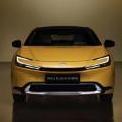
CATL Superfast Charging LFP
nella discussione ha aggiunto Maxwell61 in Elettrificazione e Tecnologie per l'Ambiente
Nuova generazione alta densità - Carica superveloce (nell'ordine delle teoriche Stato Solido) LFP. In produzione a fine 2023. Si va come i treni, osbornizzazione piena in periodo di transizione tecnologica. https://www.alvolante.it/news/shenxing-batteria-superveloce-lfp-catl-387481 Leader mondiale delle batterie per auto, la CATL spinge l’acceleratore sull’innovazione con una nuova batteria che promette di ripristinare in 10 minuti 400 km di autonomia su un totale di 700. Sarà in produzione entro la fine del 2023. ALLA VELOCITÀ DEL 4C - La nuova batteria CATL Shenxing ha una chimica LFP (litio ferro-fosfato) che riesce a sostenere una ricarica superveloce che arriva al livello 4C. Ma cos’è il C-rate? Si tratta del rapporto fra la corrente di carica/scarica (in ampere, A) e la capacità nominale della cella (in amperora, Ah). Più è alto e più la cella - e quindi la batteria che risulta dall’unione di queste celle - ha la capacità di ricevere ed fornire corrente e quindi di ricaricarsi velocemente ed erogare molta potenza ai motori. CATL sostiene che la sua Shenxing, dichiarata essere compatibile con qualsiasi auto elettrica, è la prima con questa chimica ad avere un C-ratio pari a 4. ESSERE LFP E NON SENTIRLO - La chimica litio ferro-fosfato è guardata con molto interesse perché utilizza metalli meno costosi (e meno controversi: il cobalto è raro e la sua estrazione non è limpidissima a livello sociale, qui per saperne di più) della tradizionali NMC, sono meno propense a incendiarsi e reggono più cicli di carica e scarica, ma hanno una densità energetica minore e “soffrono” di più le basse temperature. Secondo CATL le sue Shenxing attenuano questi punti deboli grazie a un nuovo elettrolita (meno denso), un innovativo anodo di grafite, un separatore fra anodo e catodo più sottile e un trasporto di ioni facilitato. La superficie della grafite anodica presenta più ‘canali’ di intercalazione fra i diversi strati e questi sono più corti, cosa che crea una superstrada che facilita il movimento delle particelle cariche e quindi lo scorrimento della corrente. PIMPANTE ANCHE D’INVERNO - CATL sostiene che questi accorgimenti contribuiscono a minimizzare il punto debole della ricarica a bassa temperatura: pur essendo una LFP la Shanxing (che vuol dire movimento divino) può arrivare all’80% della carica in 30 minuti con una temperatura ambiente di -10°C. A temperature medie, la Shenxing può caricarsi dallo 0% all'80% in 10 minuti grazie a un avanzato sistema di controllo della temperatura delle celle che le fa riscaldare rapidamente e questo spiega anche le buone prestazioni a bassa temperatura. L’ottimizzazione della costruzione e dei conduttori fra le celle permette poi di diminuire peso e ingombro, anche perché la minor pericolosità delle LFP consente contenitori meno “corazzati”. LA GUERRA DELLE CELLE - CATL sta spingendo sull’acceleratore delle sue tecnologie per le batterie: le sue Qilin equipaggeranno per esempio la versione di serie della concept Hongqui E202 (qui la notizia), le celle al sodio promettono grande economicità (ideali per la Sehol E10X, qui per saperne di più) mentre per le prestazionali batterie da 500 Wh/kg (qui la notizia) si parla addirittura di impieghi aeronautici. Queste armi tecnologiche - CATL fornisce anche la superspecializzata Tesla - sono funzionali anche al contrastare BYD, che attualmente detiene il maggior share di mercato in Cina per le celle LFP. -
Non voglio commettere reati di lesa maestà, ma veramente l'idea stilistica (che mi fa impazzire) è terribilmente simile, nervatura compresa:
- 662 risposte
-
- purosangue 2023
- purosangue
-
(e 3 altri in più)
Taggato come:
-
Faccio notare che si fa una gran fatica a sapere che batteria e produttore c'è sotto una qualsiasi auto perchè i costruttori cercano di tenerlo nascosto al grande pubblico. E capita che cambino produttore e modello in corso d'opera senza avvisare. Per esempio è capitato a me con La Tesla Model 3 LR 2021: pensavo di comprare un'affidabile Panasonic NCA e mi hanno sbolognato una sperimentale LG Chem NMC811 di produzione cinese, senza avvertire.
-
Wow. Lounge Plus 19" con tetto solare. Prova real life città. Città con vialoni e semafori. Distanza 32 km Vel. media = 21,6 km/h; max circa 60 km/h Batteria HV scarica alla partenza. Eco Mode; AC ON; temp est. 20°. Consumo 3,3 lt/100km (30,3 km/lt) 89% del tempo a motore spento (è un ibrido con una riserva molto maggiore del full hybrid). Avevo già postato simile test città dello stesso canale, ma in EV batteria carica = 102 km autonomia. Test per la 17": Consumo 3,0 lt/100km (33,3 km/lt) Vel media = 23.5 km/h 89% del tempo a motore spento Mi ero guardato il test città in real life della Peugeot 308 SW Plug-in 223hp (stessi di Prius), che pure mi piaceva = 12 km/lt a batteria scarica 😆 Quindi calcolo costi su 102 km (19"): 6,56 Euro con benza a 1,95 E/lt. 2,32 Euro con corrente a 0,20 E/kWh (mio provider casa) 11,6 kWh di carica a muro (10,6 kWh carica netta + perdite)
- 967 risposte
-
- 3
-

-
- toyota prius
- phev
-
(e 5 altri in più)
Taggato come:


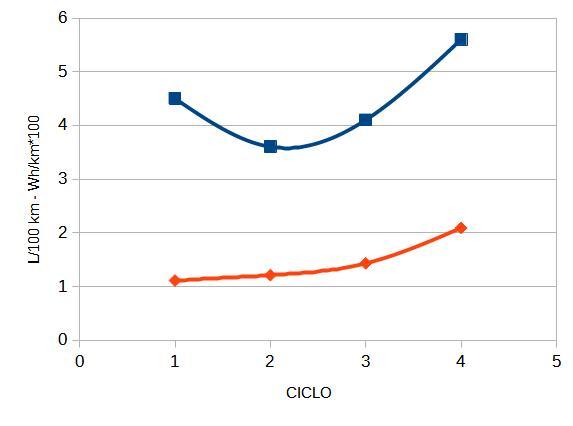
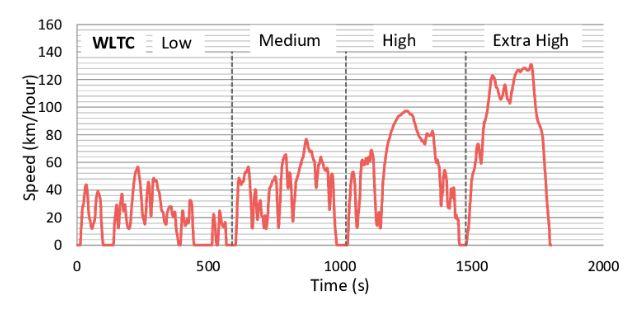
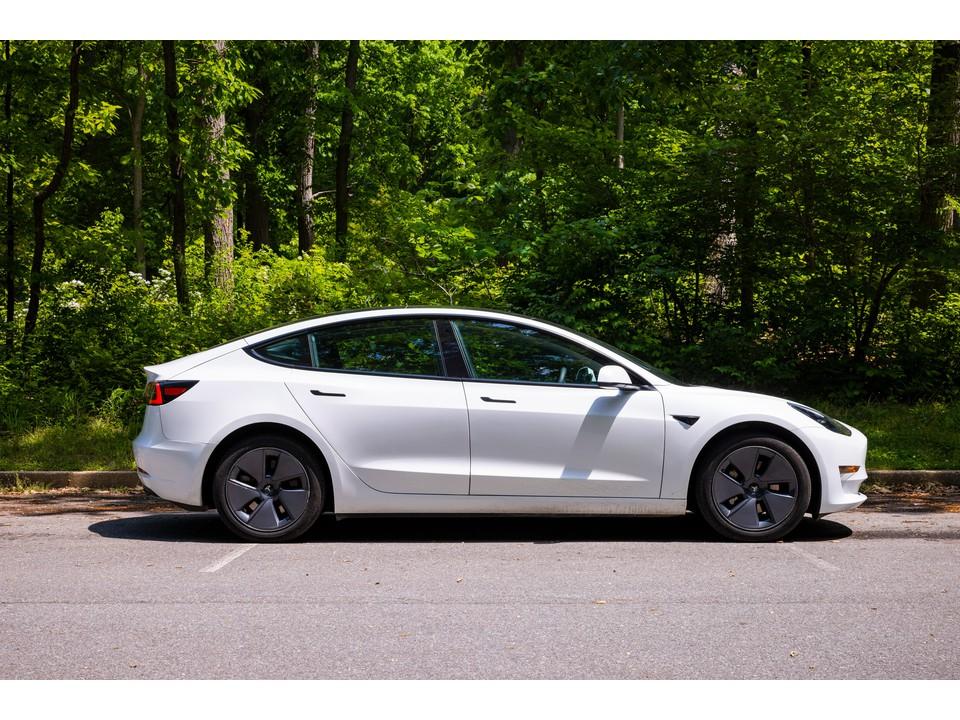
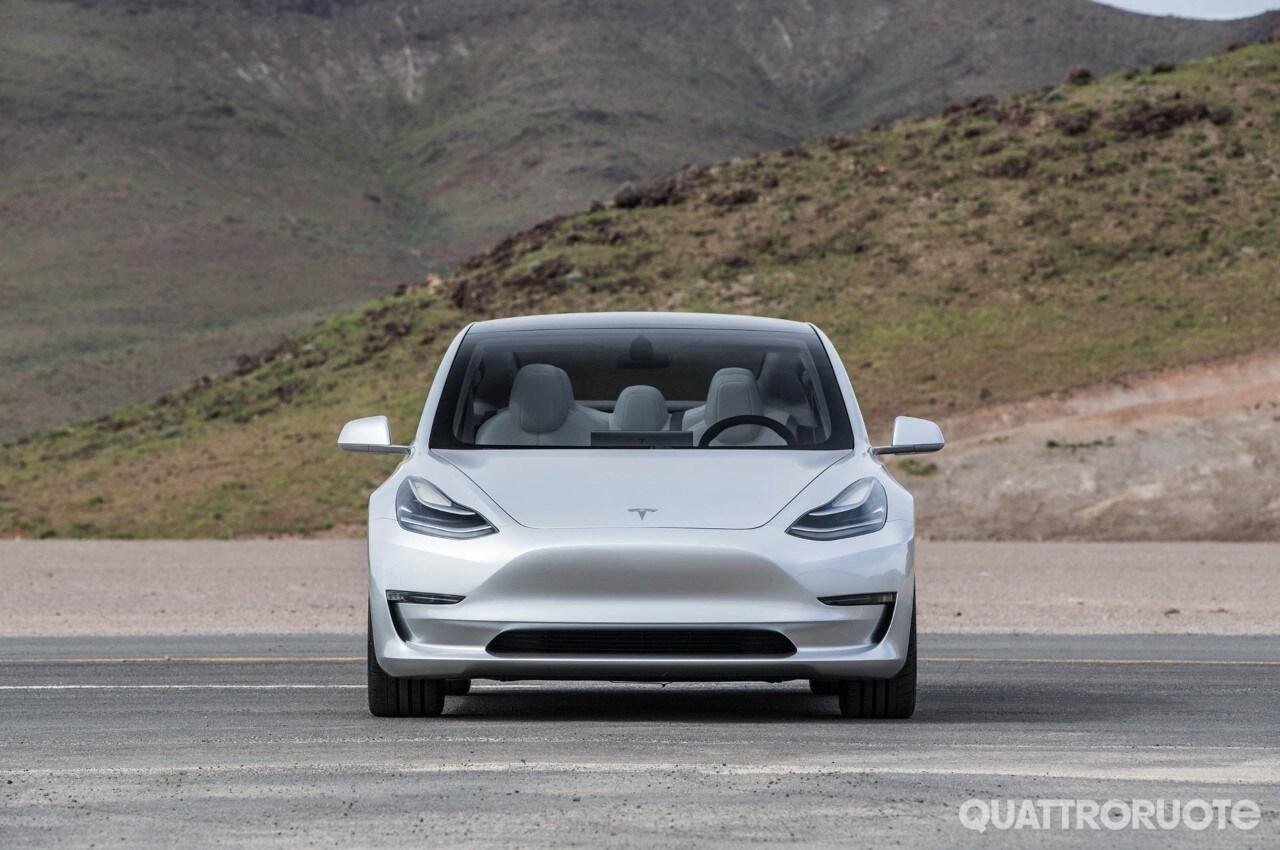
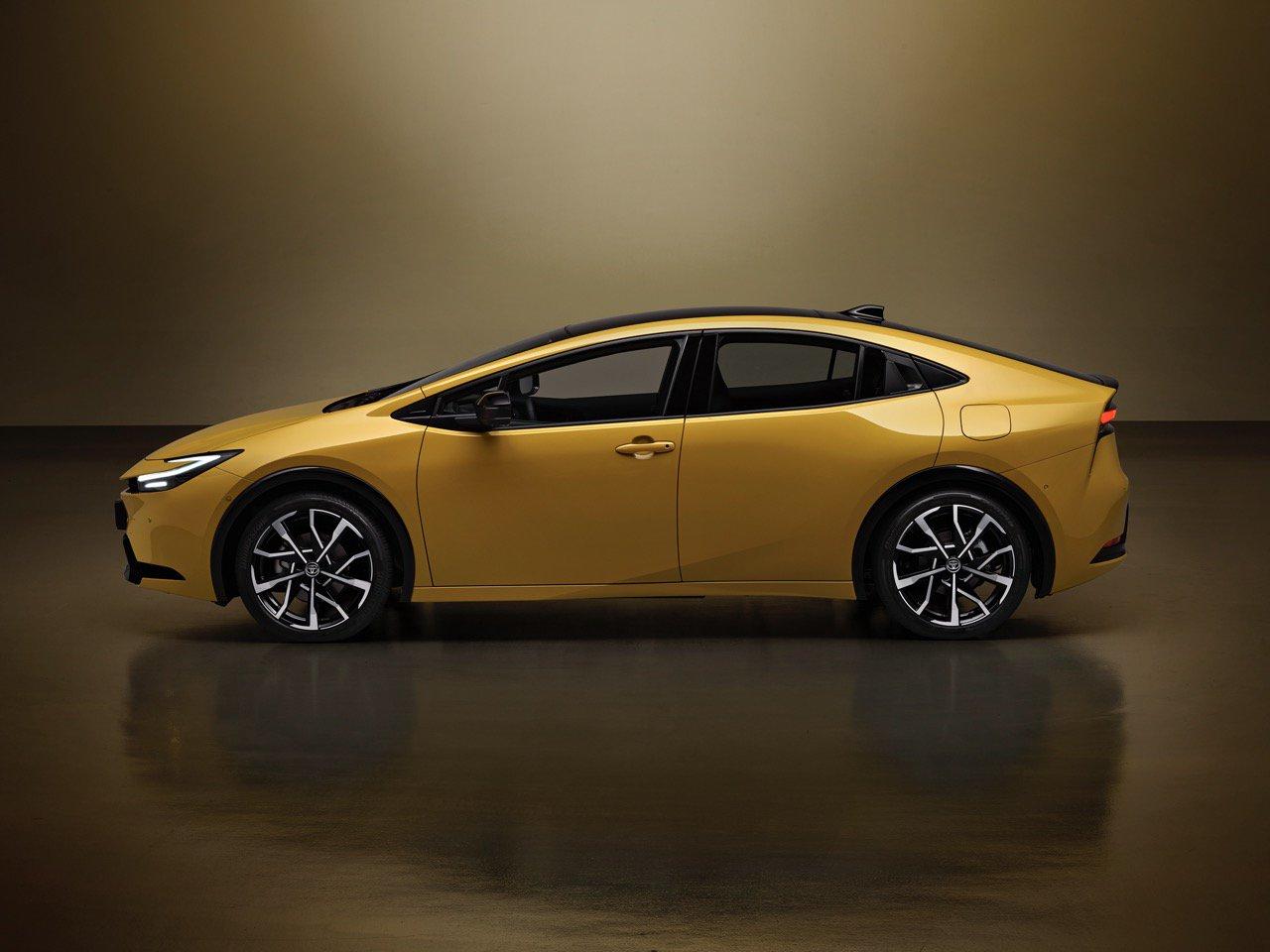
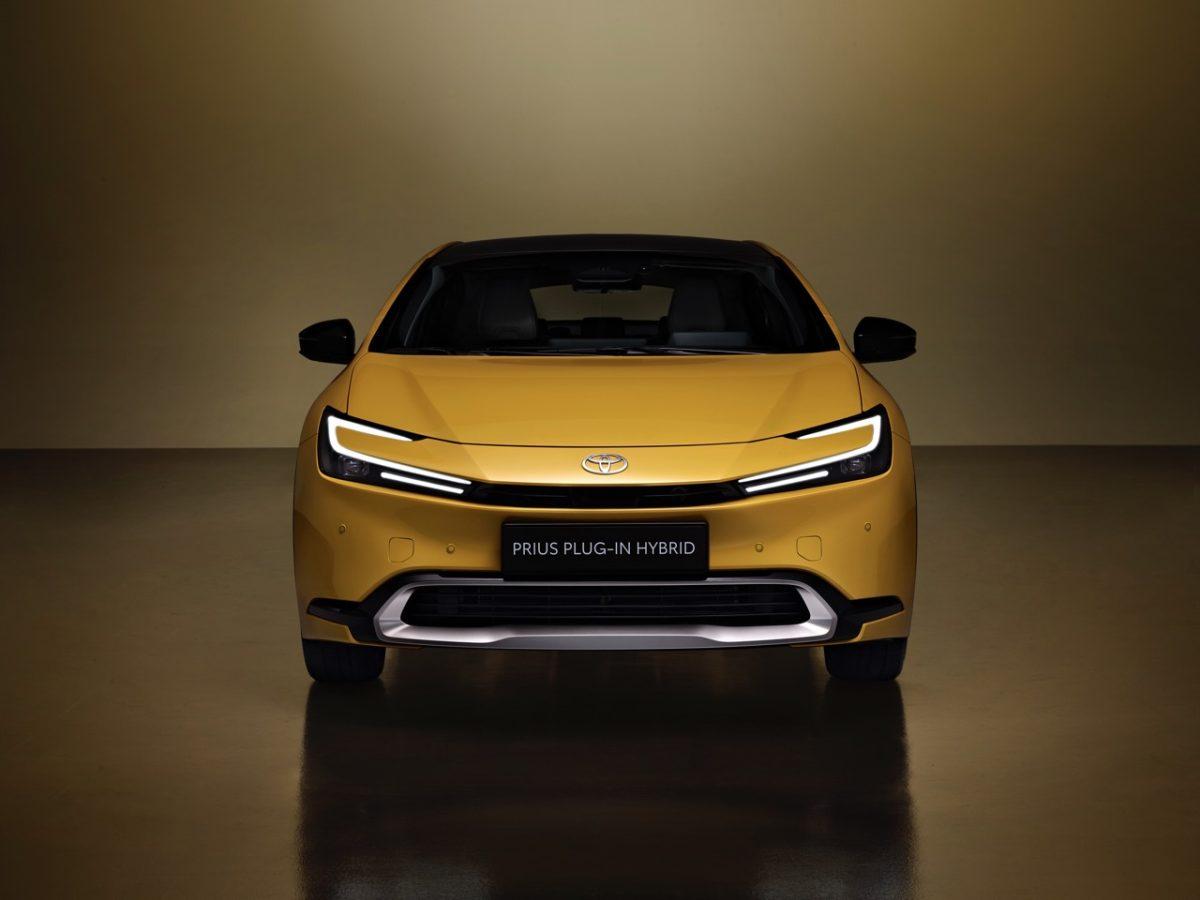
.jpeg.04ac4368869c43d89fa00145439639fa.jpeg)


